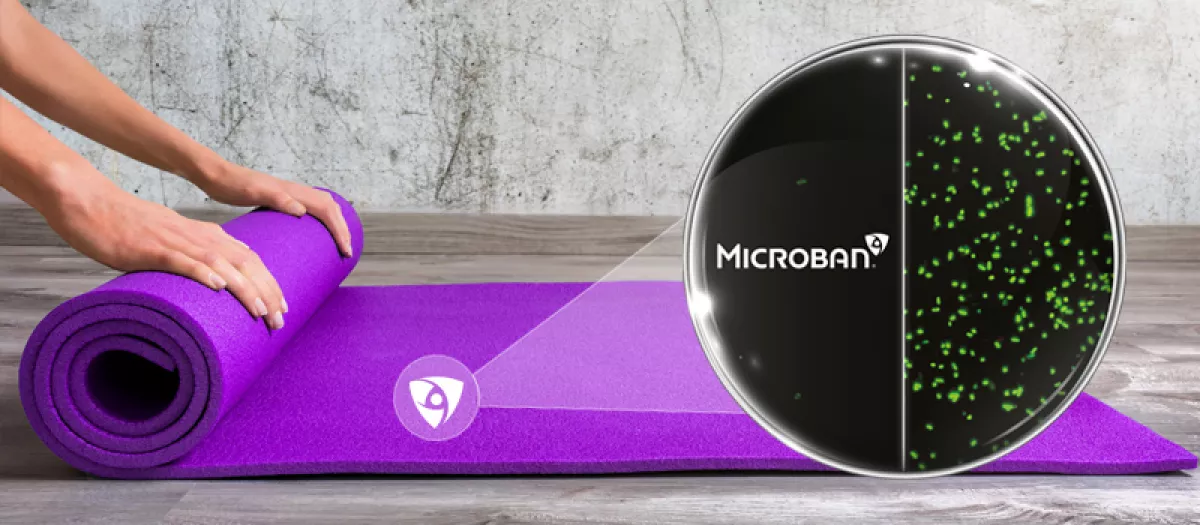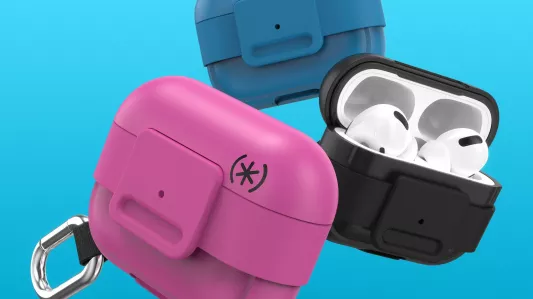In a world of influencers, monthly favorites lists, a thriving e-commerce market, and insert-beloved-brand-name here ‘haul’ content, consumers are constantly searching and shopping for products to improve their daily lives. Whether in meeting a functional need or a personal desire, it’s easier than ever for people to compare product offerings and make a purchase with the click of a button.
In an overstimulated market, brands need to break through the noise to satisfy those consumers looking for go-to products they can trust, with features that deliver on performance and quality. The demand for inherently cleaner products that offer a variety of benefits to end users continues to grow every day.
Smarter everyday products for the modern consumer
Bacteria can double on surfaces every 20 minutes, which means the products we use everyday can be prime spots for unwanted microbial growth. Items like kitchenware, electronics, fitness equipment, bathroom accessories, and more can bear loads of stain and odor causing bacteria. Continuous use and handling in addition to unavoidable contact with elements like food residues, moisture, and dirt, can allow bacteria to thrive on our go-to products, resulting in premature product degradation and a rapid decrease in quality.

89% of adults are consistent users of antibacterial and antimicrobial products, with nearly half (43%) of these using 8 or more of these products regularly*. While cleaning is a chore many squeeze in where they can, there’s no doubt that cleaner surroundings contribute to feelings of peace, control, and accomplishment.
Consumers are seeking products that contribute to a systems-approach to clean, where built-in solutions complement regular cleaning practices, so products remain cleaner and fresher for longer. Products with built-in Microban® antimicrobial technologies offer continuous, lasting surface protection that fight against the growth of bacteria, so consumers can worry less and do more of what they love.
From appliances and cleaning products to travel accessories and office supplies, the range of product options that can be developed with built-in Microban® antimicrobial technologies is endless. Compatible with a portfolio of materials, Microban technology is integrated at the stage of manufacture to become a permanent feature of the end-use product, supporting inherent cleanliness with an invisible layer of added product protection.


ArcticZone® lunch bag with built-in Microban® antimicrobial technology
Speck AirPod cases treated with Microban® antimicrobial technology
Benefits of built-in Microban® technologies in consumer goods
- Enhanced quality and long-lasting durability. Consumer products with built-in Microban® antimicrobial technologies are protected from the growth of bacteria that can prematurely degrade surfaces.
- Cleaner and fresher product surfaces. Built-in antimicrobial technology continuously reduces the presence of a broad spectrum of bacteria, mold and mildew on consumer goods for the life of the product, never washing off or wearing away.
- Greater peace of mind and product integrity. Products that feature Microban® product protection offer consumers the ability to worry less and live more, empowering a confident purchasing decision.
- Not impacted by cleaning agents. Antimicrobial technology is not diminished or removed by deep cleaning agents, contributing to a systems approach to clean.
- History of safe use. Consumer goods that feature Microban® built-in solutions offer a beneficial technology that is globally registered and has a long history of safe and effective use.
Common consumer product applications for built-in antimicrobial protection
Curious if Microban would be a good fit for your product application? Contact a team member today.
*Multi-Sponsor Surveys, 2020


